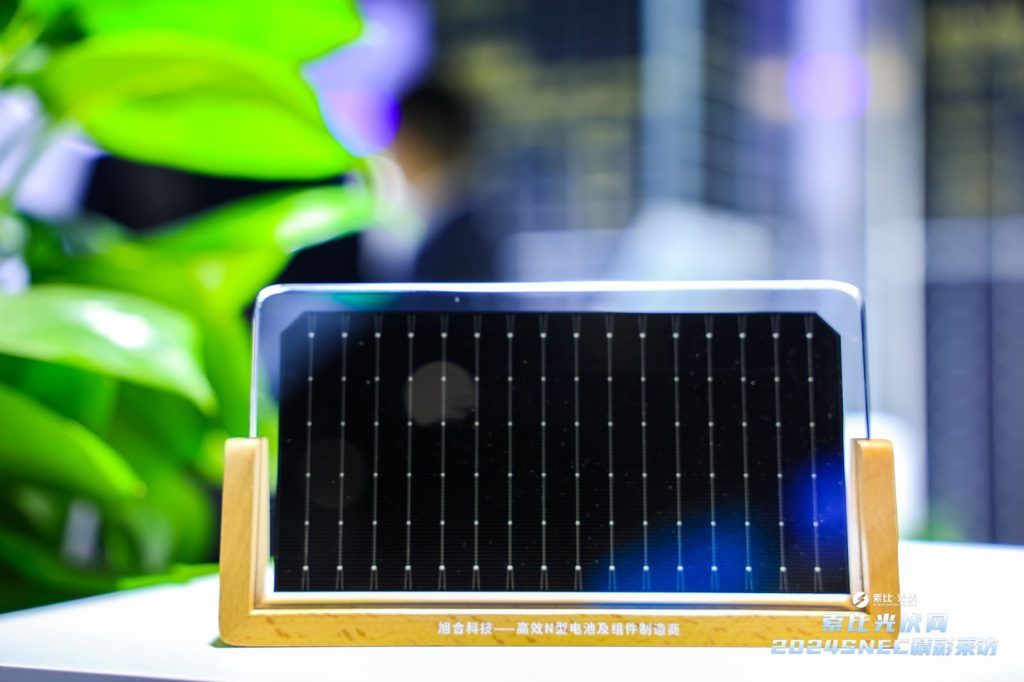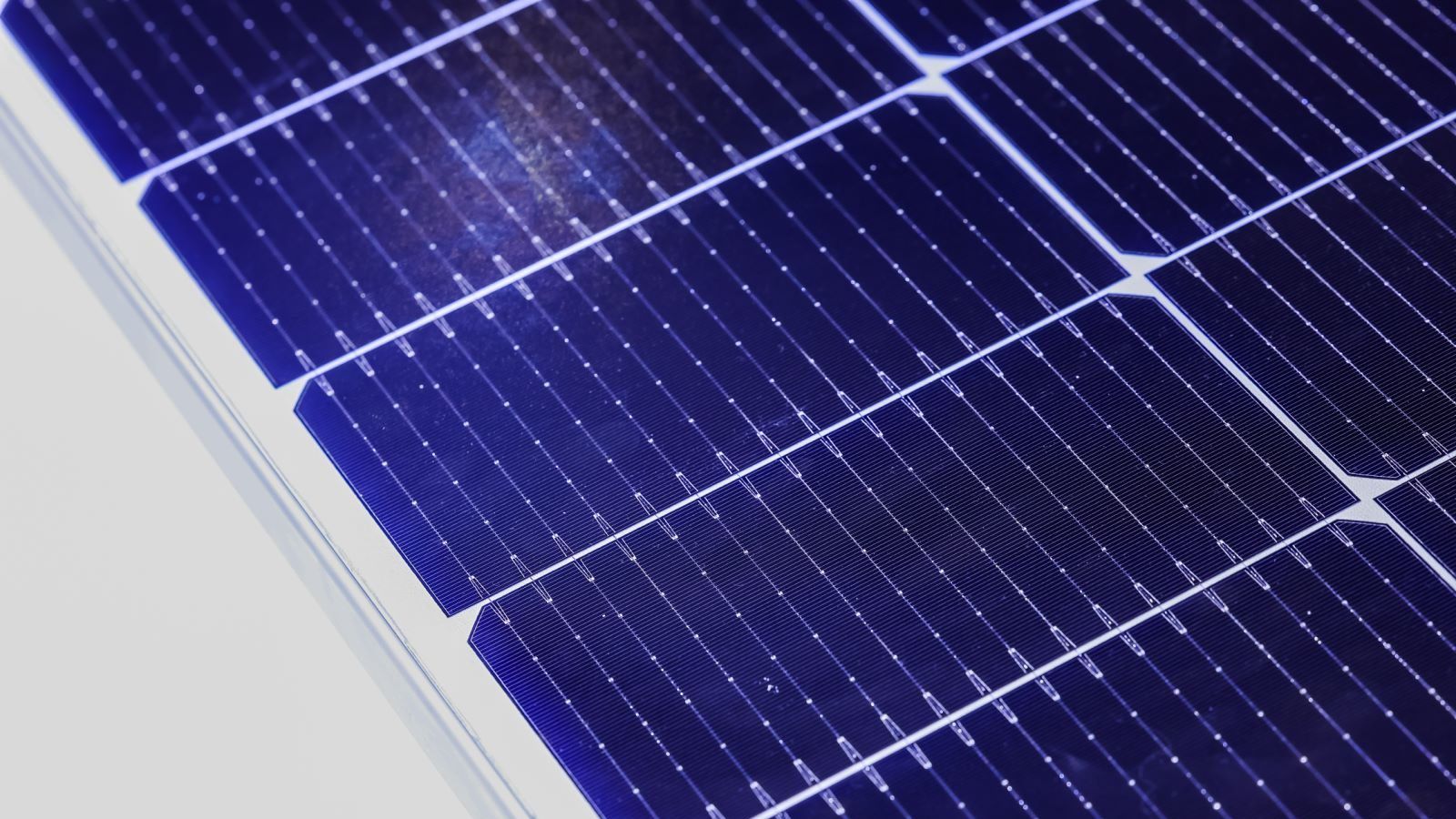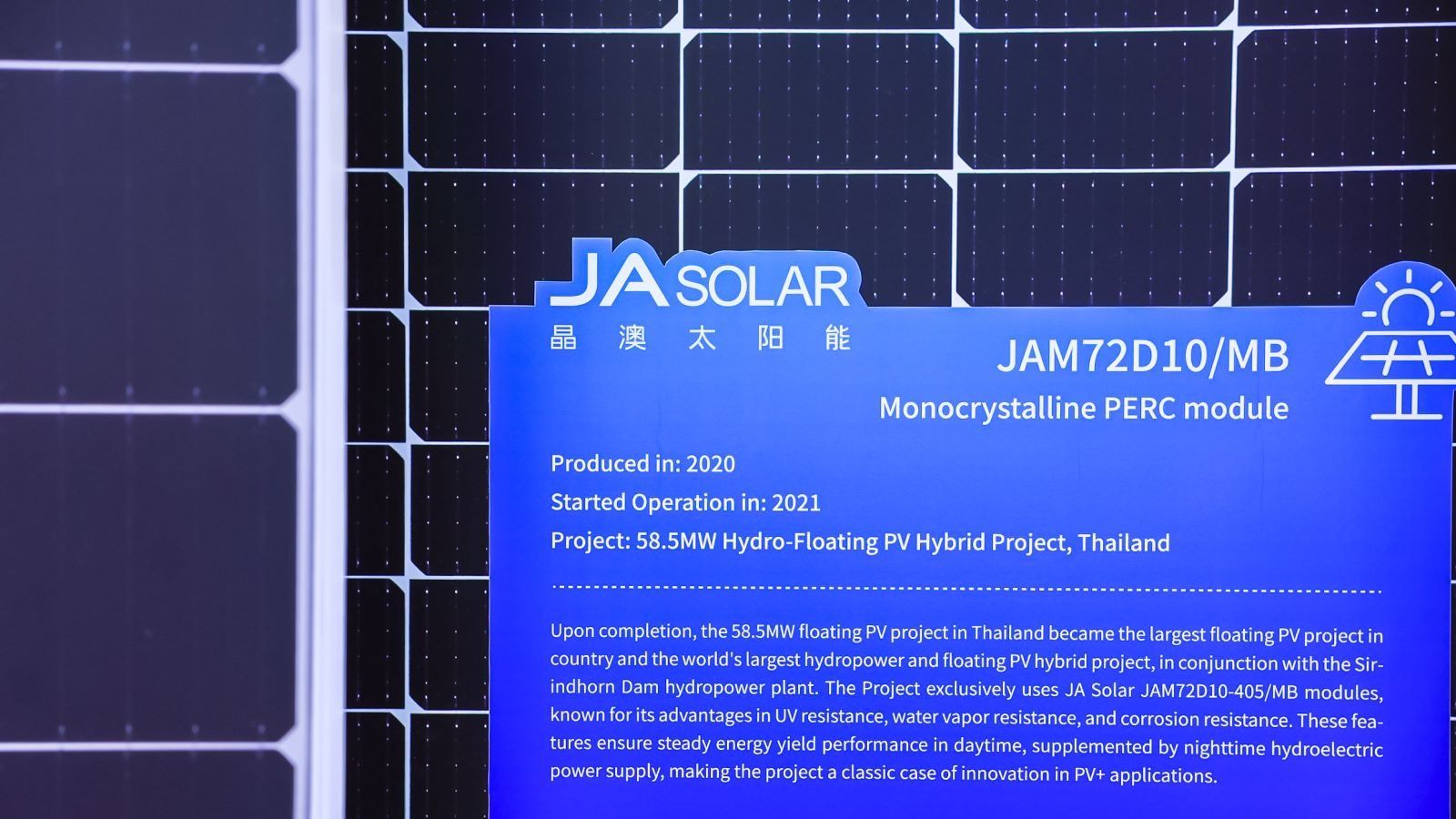The 2024 SNEC PV Power Expo showcased a major shift in the solar industry: the widespread adoption of rectangular silicon wafers. As the debate between 182mm and 210mm round wafers fades, rectangular wafers have emerged as the new standard, aiming to boost efficiency and reduce costs.
Although nine leading module manufacturers have agreed on standard dimensions for rectangular wafer-based modules, a variety of wafer sizes still exist, such as Trina Solar’s 210R, JA Solar’s 182mm*199mm, and the 191.Xmm dimensions.

Rectangular Wafers: The New Standard
At the SNEC expo, many major companies like JA Solar, DAS Solar, Astronergy, LONGi, and Tongwei showcased new products featuring rectangular wafers.
These advancements, combined with n-type technologies like TOPCon and heterojunction (HJT), aim to enhance module performance and reduce costs.
Trina Solar’s 210R:
- In April 2022, Trina Solar introduced the 210R rectangular wafer (182mm*210mm).
- The 210R-66 module (1134mm*2382mm) maximizes container space and reduces transportation costs.
- By July 2023, nine major module manufacturers, including Canadian Solar, Risen Energy, JA Solar, JinkoSolar, LONGi, Trina Solar, Tongwei, DAS Solar and Astronergy agreed on a standardized 2382mm*1134mm module size using the 210R wafer.
- At the 2024 SNEC Expo, Znshine, Solargiga, Astronergy, Grand Sunergy, and Risen Energy launched module products featuring 210R wafers.

The 182.2*191.6mm Consensus:
- On August 18, 2023, six leading PV companies, including Canadian Solar, Risen Energy, LONGi, Tongwei, DAS Solar, and Astronergy, agreed on the 182.2mm*191.6mm wafer size for 72-cell modules.
- At the 2024 SNEC Expo, Solar N Plus and DAH Solar showcased 182.2mm*191.6mm wafer-based module products.
JA Solar’s 182*199mm:
- JA Solar’s 182mm*199mm wafer offers flexibility, capable of producing four mainstream module sizes through various cuts. This versatility makes it a unique option compared to other rectangular wafers.
- At the 2024 SNEC Expo, JA Solar displayed DeepBlue 4.0 Pro series modules using rectangular wafers.

Industry Impact
The shift from square to rectangular wafers is driven by the need to enhance module efficiency and lower costs.
Rectangular wafers provide higher power output, better material utilization, and can reduce balance of system (BOS) and levelized cost of energy (LCOE). This transition is expected to support the industry’s efforts to cut costs and improve efficiency.
Despite these advancements, the market has yet to fully unify wafer sizes, leading to supply chain challenges and increased material costs. However, companies continue to innovate, aiming to balance customization with standardization to meet market demands.


